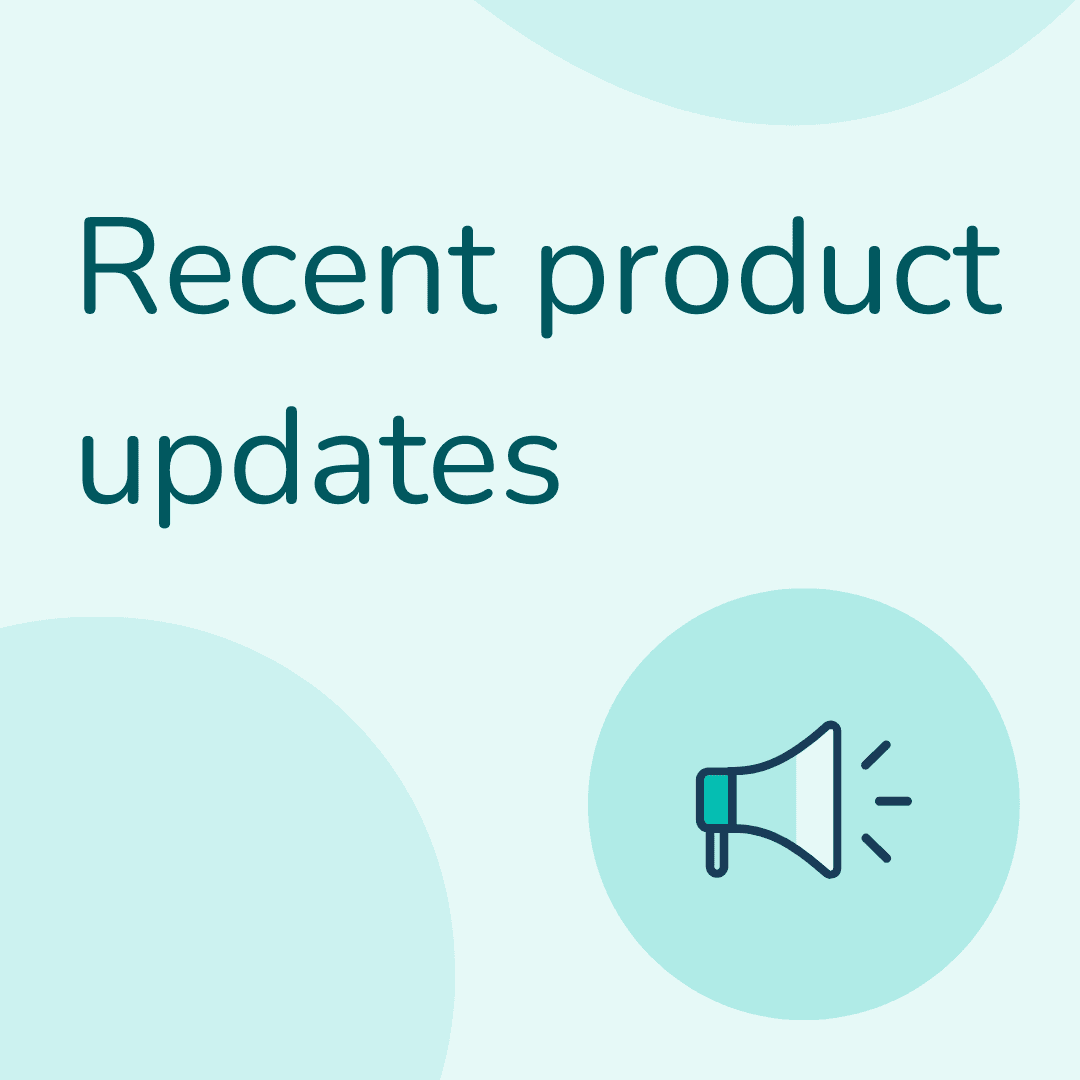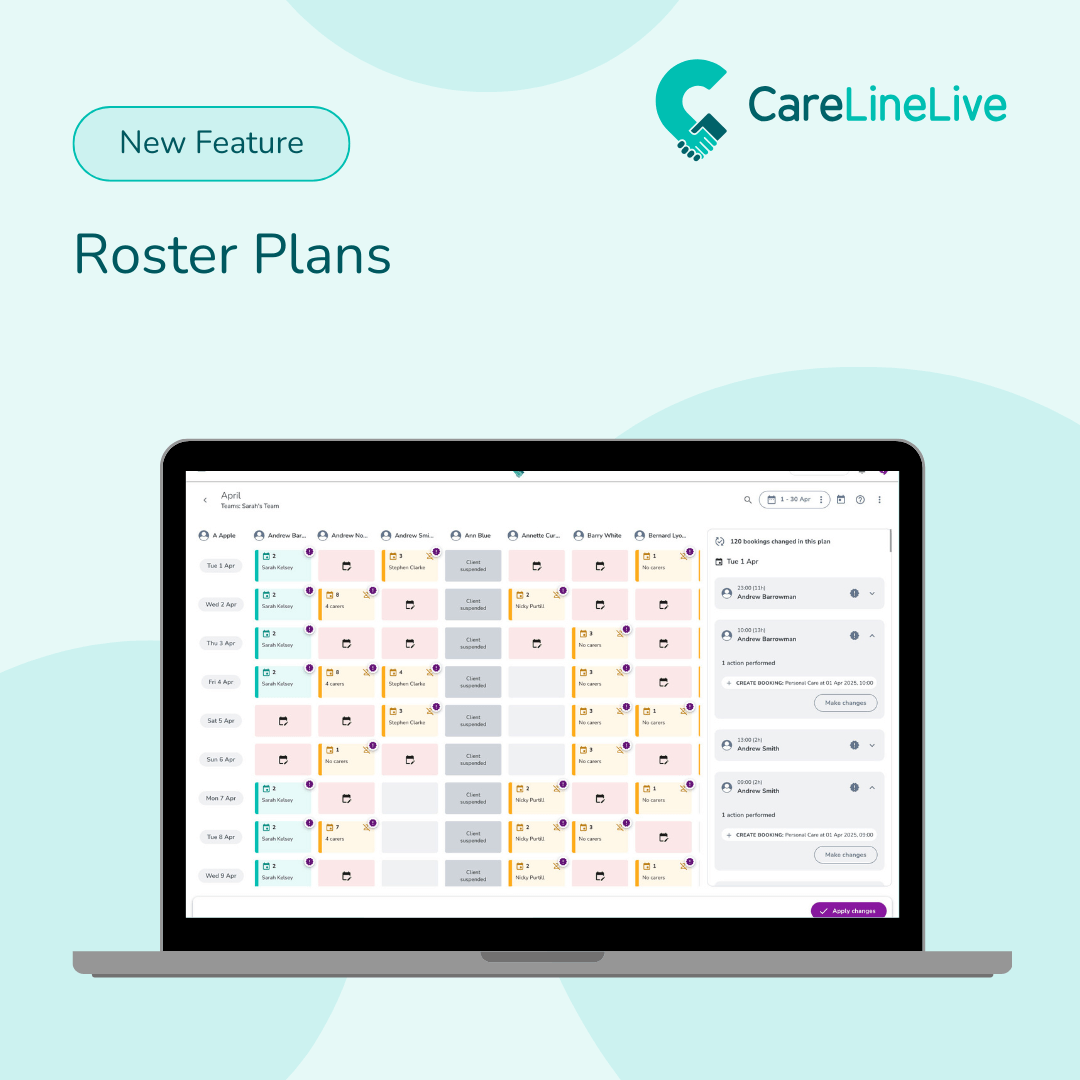There’s no doubt that technology is improving the efficiency of the home care sector. One everyday challenge facing home care agencies where software can help save time is a manager deciding whether or not to accept a new care package. Capacity planning tools which allow home care providers to manage their capacity, checking whether their carers are located in the right area and have the required skills to take on new clients, can be the difference between an agency winning new business by responding promptly or losing it to a competitor.
With the UK’s 85+ population set to double to 3.2 million by 2041 and then treble by 2066, the need for home care is going to increase significantly. It’s never been more important for home care agencies to be able to plan and understand their capacity, especially with demand increasing and there being more competition between home care agencies to secure clients. Below we outline three key benefits that home care management software can provide:
Agencies can confidently determine if they can take on new clients
If an agency is busy, determining whether they can take on new clients can be time consuming. However, agencies can reduce the complexities around securing new business and ultimately minimise the time it takes to turn around tender applications with capacity planning tools. For example, they can ascertain whether the agency can accept new care packages in terms of location, carer availability and required skill sets. They can also determine which skills are required and can plan and train staff accordingly, which not only helps the agency, but also upskills existing carers. Without this confidence and certainty, the opportunity to take on new clients is slowed down considerably, or even lost.
Quicker decisions can support the NHS
Once patients are admitted to hospital, the process of a discharge assessment, including a care plan detailing the care they need, is started. By understanding an agency’s capacity and ensuring that they have correctly skilled carers, care plan decisions can be made much faster and clients can return to their homes more quickly, knowing there is a carer in their vicinity ready to care for them.
With winter just around the corner, and the risks of flu and COVID-19 still current, quicker decisions can be the difference between our older and vulnerable population being in hospital longer than required, or being at home receiving the care they need. As a result capacity planning tools can help ease pressure on the NHS, freeing up beds as soon as possible.
Agencies can retain staff better
Retaining staff is already a challenge for many agencies, but by being able to match carers’ time availability and skillset to their existing (and future) workload means that they are much less likely to be overwhelmed and can help to avoid clashing visits. Annual leave and work-time availability, location, and skills are all considered in capacity planning. Desired locations can be taken into account as well as other preferences, e.g. working with dogs and lifting restrictions.
When it comes to taking on new staff, agencies can also determine how many new carers they need, and when, rather than playing a guessing game with recruitment that could have a detrimental effect on their profitability.
Accepting new care packages keeps agencies growing and thriving. But without the insight that capacity planning tools can provide, home care agencies will not have the confidence or certainty to make decisions on existing and future care packages.



